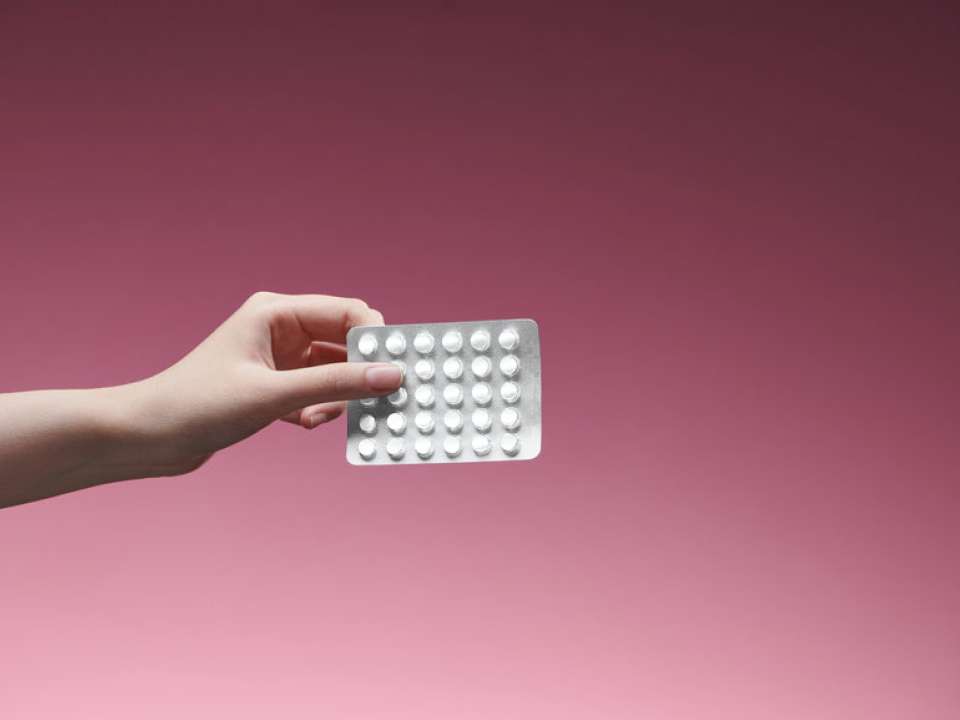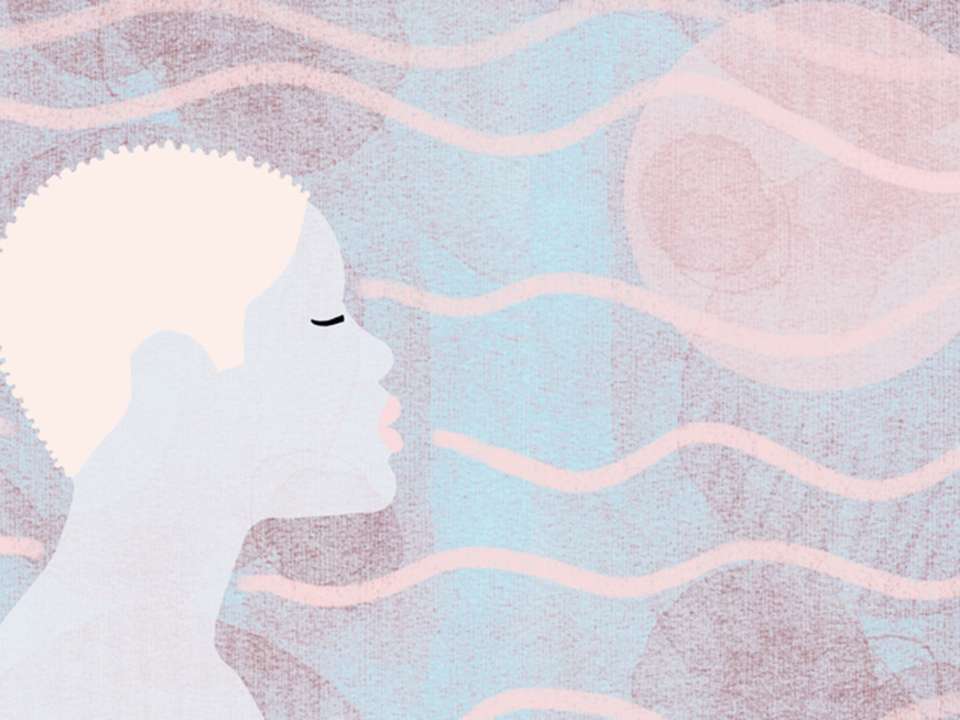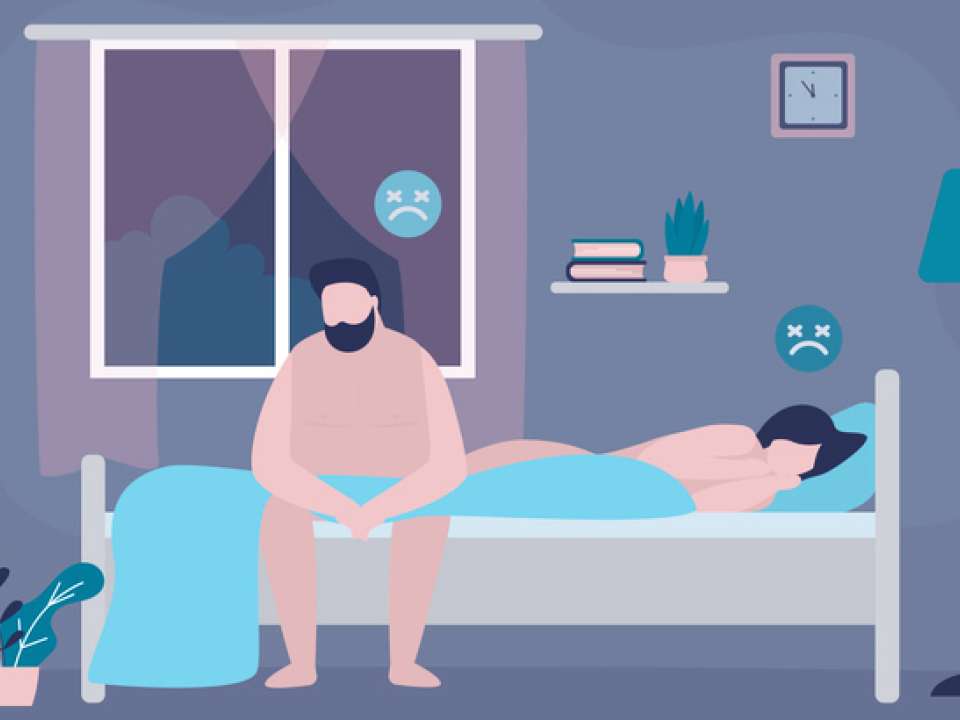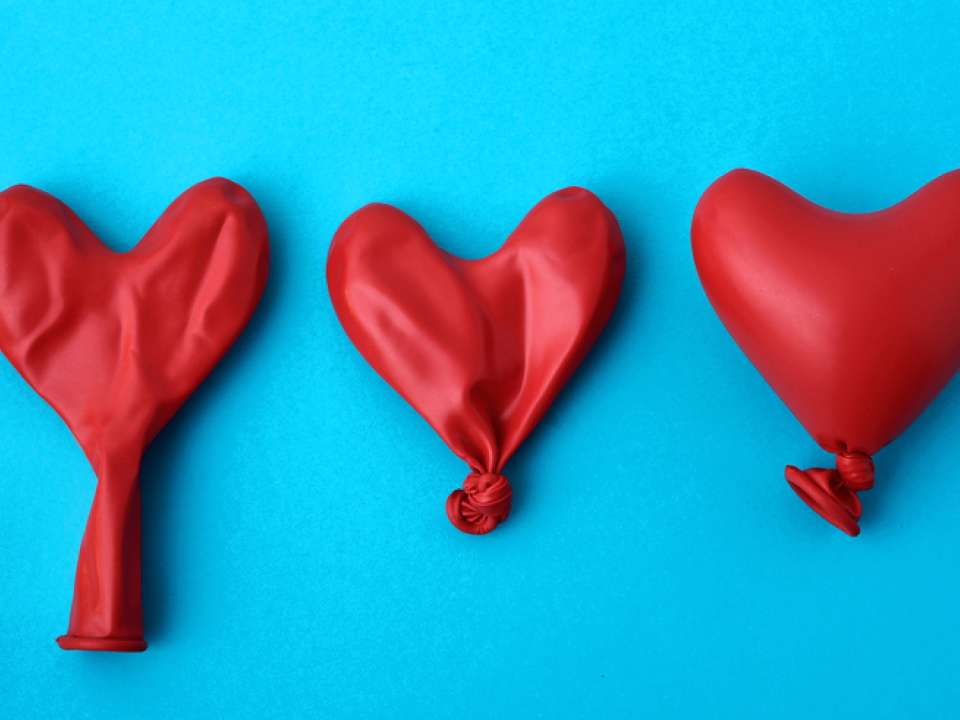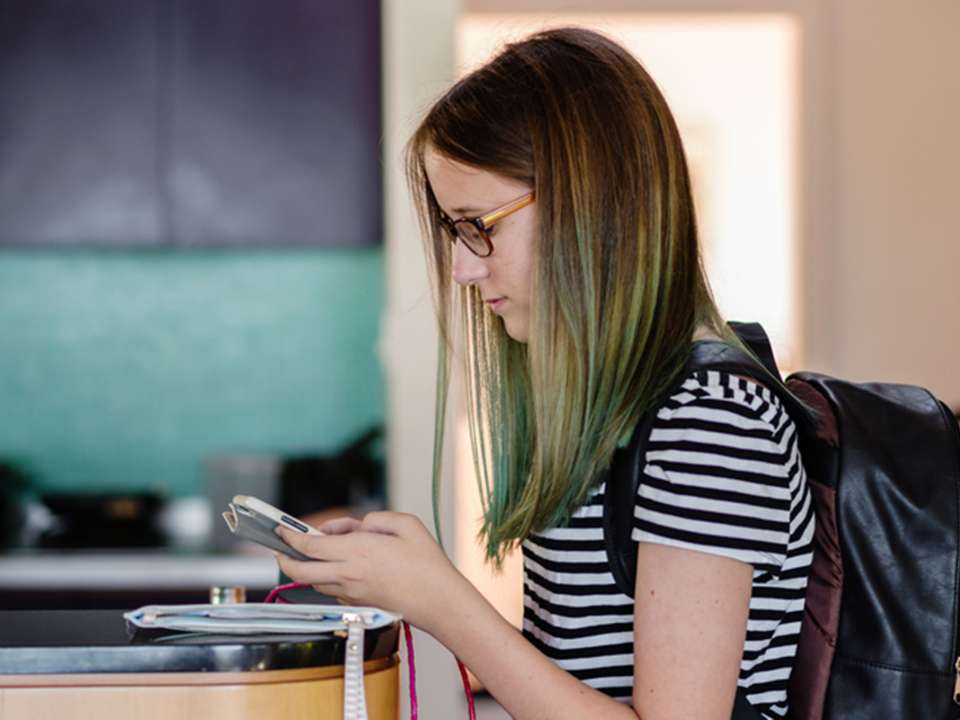Thinking of Getting a Tattoo? Here’s What You Should Know.
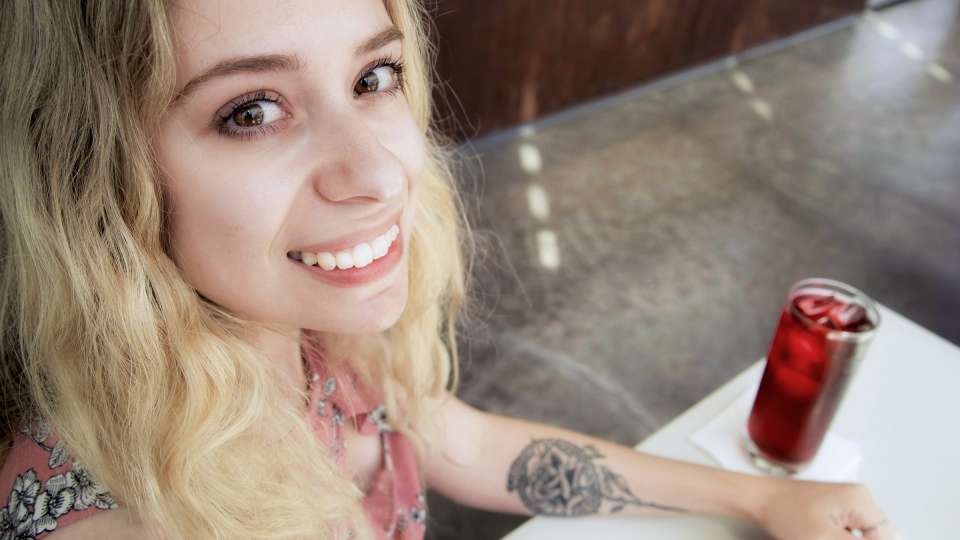
I started preparing more than a year in advance. I knew what patterns I wanted, but debated over colors: Should I go more monochrome or bright? Pops of color or lots of color? Who should I invite?
No, I wasn’t planning my wedding—I was getting my first tattoo.
I’m a planner by nature, so I spent countless hours thinking through exactly what I wanted and where I wanted it, Googling images and tattoo styles for reference. Once I came up with an idea, I pondered it for months, waiting for it to suddenly become less desirable.
When it didn’t, I knew I was ready.
I understand some people’s hesitancy around tattoos. After all, a tattoo is a permanent part of your body, and the decision to get one shouldn’t be made lightly.
And what better way to remind myself than looking at my own skin?
No one understands this better than Cora Breuner, M.D., M.P.H., a pediatrician at Seattle Children’s and a professor of pediatrics at the University of Washington School of Medicine. She wants to get her first tattoo (of a heron) to commemorate finishing 10 months of treatment for metastatic breast cancer.
Aside from her personal interest, Breuner also has had a professional interest in tattoos and piercings ever since she realized how little scientific data and research there is on them. To counter that, she co-authored the first-ever report on tattoos and body piercings for the American Academy of Pediatrics.
The report gathers what little research there is into one place. It shows that, contrary to stereotypes, just as many women as men get tattoos and most people don’t regret getting a tattoo.
The meaning behind tattoos is why Laura Exley, a licensed tattoo artist in Seattle, got into the field.
“I’ve always been fascinated with history, and also the history of tattooing and how far back it stretches. It’s a connection we have to our roots as humankind. The reasons people get tattoos vary from the extremely personal to the ‘because I like it,’” Exley says. “It could be as simple as adornment: decorating a part of your body that brings you happiness, or perhaps an area of your body that you wish to make more attractive for yourself. It could be a way to connect you to your loved ones, lost or living, or an outward expression of your inner self or interests.”
I spoke with Breuner and Exley about the tattooing process: what to avoid, how to make sure you’re going someplace safe, and how to care for a new tattoo. Here are their tips (which made a big difference during my experience).
Before getting inked
You don’t necessarily have to put a year’s worth of thought into your tattoo design like I did, but Breuner recommends making sure you get something that’s meaningful to you—if not for the sake of your mind, then for the sake of your wallet, since tattoo removal can cost hundreds if not thousands of dollars.
“A name probably isn’t a good idea because of the lack of permanence of certain relationships,” she says.
Here are a couple of things to consider before committing:
Schedule a consultation
I met with Exley months before my actual tattooing appointment to go over my ideas and to learn what the process would be like. We talked about design and she ended up coming up with a few ideas I hadn’t thought of on my own but actually loved. This gave me a chance to meet her and make sure we were on the same page (we were—she’s also a huge fan of "The X-Files," one of the inspirations for my tattoo). Seeing the studio ahead of time also allowed me to verify its cleanliness and make sure I felt comfortable there.
Know the risks
Though most Seattle tattoo studios are spotless, Breuner says, it’s still a good idea to recognize that getting a tattoo puts you at a slight risk for acquiring serious infections like HIV or hepatitis C—but only if the needle isn’t sterile. This isn’t typically an issue at tattoo studios with licensed tattoo artists, but if you’re opting for a stick-and-poke or hand poke tattoo—a style that’s become trendy recently and hearkens back to the ancient days of tattooing—you’re definitely putting yourself at greater risk.
The day of reckoning
When the morning of T-day dawned, I was extra excited because I’d had to reschedule my original appointment due to illness. Which brings me to a few important safety and health points:
If you’re sick, reschedule
No tattoo artist wants your germy breathing thisclose to them when they’re tattooing you. Plus, since the proximity makes it likely you’ll get them sick, it’s also disrespectful to them and their upcoming clients. If you have a cold or other illness or infection (even something you can’t pass along, like a UTI) let the tattoo studio know and reschedule your appointment.
If you’re drunk or high, reschedule
This should go without saying, but a reputable tattoo studio won’t tattoo you if you’re under the influence of drugs (even legal ones) or alcohol. So if you’re thinking you can down a few shots before your appointment to help numb the pain, think again. Plus, since alcohol thins your blood, drinking some before your appointment could make you bleed more.
Limit your coffee intake
I know this is practically taboo to say in Seattle, but it’s probably a good idea to cut down on coffee the day of your appointment. If coffee makes you jittery, that won’t be helpful to your tattoo artist. If you absolutely need caffeine to survive, stick to a cup or two.
Ask to see the sterilized needle
Before inserting the clean needle into the tattoo machine, Exley presented it to me in its unopened, sterile packaging. “A good studio will always show you this,” she says. She also repeatedly changed her gloves throughout the process.
Painkillers may not work
I opted not to take Tylenol before getting tatted. Most people don’t take anything beforehand, Exley says, but if you really want to, go for it, though it might not be helpful to everyone. Also be wary of taking any kind of pain medication that thins your blood or affects its ability to clot, such as aspirin or ibuprofen, lest you want to bleed more while getting tattooed. Some people are strongly against using painkillers because they believe feeling the pain is part of the experience, like a rite of passage.
Take a break when you need one
If you’re feeling woozy or lightheaded, ask your tattoo artist if you can take a break. Exley says feeling faint is particularly common at the beginning. “People get excited and get a rush of adrenaline, but once the pain sets in, that kind of goes away,” she says. I felt lightheaded after the first few minutes, so Exley stopped working and gave me time to rest and acclimate to the pain.
Eat nutritiously and stay hydrated
I made sure to eat a healthy breakfast (a banana and oatmeal) before my appointment, and I drank a lot of water. I also snacked and had more water during my appointment. Preventing yourself from getting hungry or dehydrated helps keep your blood sugar up, which prevents you from feeling lightheaded or weak once the tattooing begins, Exley says.
Ask for lidocaine cream
Towards the end of my session, Exley put some lidocaine (anesthetic) cream on my tattoo area to help me get through the remainder of the pain. “Lidocaine only works once the skin has been opened, so you can’t have it right at the beginning,” she says. Still, after nearly two hours of continuous poking, I was grateful for the last twenty minutes or so of numbed bliss.
What tattoo pain feels like
My experience was extremely positive. Several friends showed up to support me and distract me when I cringed in pain, and I spent at least half of the session talking with Exley about our shared love of sci-fi TV shows. I got my tattoo on the underside of my left arm, and there were definitely places—like near my wrist—that hurt more than others.
Tattoo aftercare
I’m a worrier, so I made sure I followed Exley’s aftercare recommendations to a T. This is generally a good strategy to have, Breuner says. “When a tattoo artist recommends something, they mean it. They know what they’re doing because they do it all the time,” she says.
Here’s the regime I followed (and it clearly worked, because I didn’t get an infection—yay!):
Leave your bandage on
Exley bandaged my newly-completed tattoo with a clear, thin medical-grade bandage that is often used in hospitals. I kept the bandage on for two days to aid my skin’s initial healing process; by then, the tattoo had started oozing plasma (which is normal) and I took the bandage off so I could clean my skin.
Wash with liquid soap
Bar soap can retain bacteria, so it’s best to use liquid soap when the skin over your tattoo is still healing (which takes a few weeks). Make sure your hands are clean (also with liquid soap) before you wash or touch your tattoo.
Use disposable paper towels
Cloth towels also retain bacteria, so Exley recommended I use paper towels to dry my tattoo after washing it. I also used paper towels to dry my hands after washing them and before washing or touching my tattoo.
Moisturize, but not too much
Your tattooed skin is irritated, and once it starts healing it will start scabbing and flaking off. This is normal, but it’s important the area doesn’t get too dry during this time. I purchased tattoo balm from the studio I went to and used a small amount every day after washing my tattoo. Oh, and no matter how badly your new tattoo itches, don’t scratch it—if you accidentally pull off a scab, you can take some of the ink with it.
No bathing or tanning
If you soak your tattoo, it can cause scabs to fall off sooner than they normally would, taking some ink with them. Tanning or getting a sunburn on your skin can irritate it further and delay the healing process.
When to call your tattoo artist
Breuner recommends calling your tattoo artist first, rather than your doctor, if you have questions or think your tattoo might be irritated or mildly infected. “We’re not taught how to care for tattoos, whereas tattoo artists are,” she says.
Exley says she’s happy to answer her clients’ questions about the healing process, but recommends seeing a dermatologist if you’re concerned about something.
When to call 911
That being said, if your skin is turning weird colors like blue or purple, if it’s swelling or otherwise looking dangerously inflamed, or if you think you might be having an allergic reaction, call 911 or go to the emergency room.
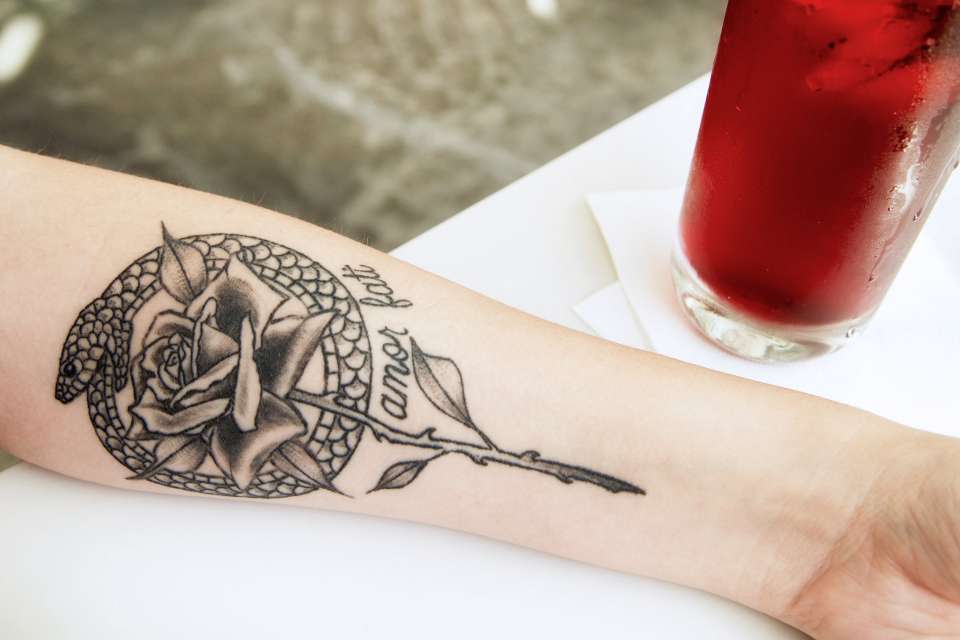
Me and my new tattoo
As soon as I got my tattoo, I immediately felt like it had always been part of me. When I look at it, I’m reminded of why I wanted it, as well as the memory of the day I got it.
As much as I love my tattoo, I know not everyone I meet in life will. There is still unfortunately stigma about tattoos, particularly in the workplace. Some employers, including in healthcare, prevent employees from displaying visible tattoos while working.
Still, the culture is changing. “People think the only people who get tattoos are fringe white people, but now everybody gets them, no matter what socioeconomic status they come from,” Breuner says.
That’s one of my favorite things about my tattoo: it’s unexpected. A large snake tattoo isn’t exactly what many people expect to see on my arm, given that I’m a petite blonde woman. I hope when people see it they do a double-take and reevaluate what they think they know about me. It has definitely made me think differently about myself: I now recognize my own strength.

 Healthy ideas for your inbox
Healthy ideas for your inbox
